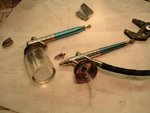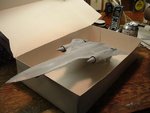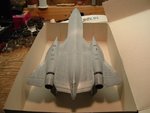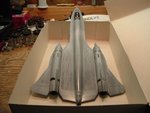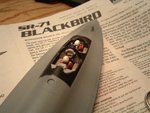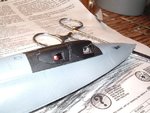- Thread starter
- #101
Matt308
Glock Perfection
I finally got the gun to not blow bubbles in the paint/medium, but I could not get it to stop surging (spray, spit, spray, spit, etc.). I did everything I could think of; poking, cleaning, reverse pressure, hot water, cold water, window cleaner, soaking, paint thinner. I was about to give up.

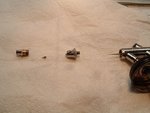
 and suddently it works. Not just the new nozzle and gun, but both! WTF is going on? Beats me.
and suddently it works. Not just the new nozzle and gun, but both! WTF is going on? Beats me.